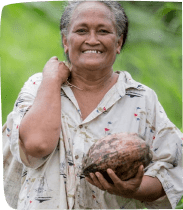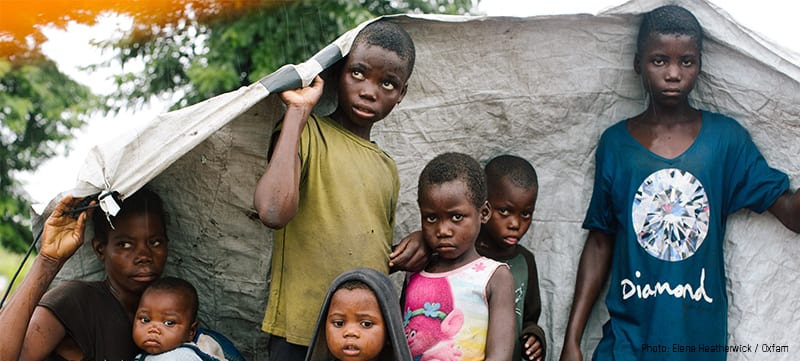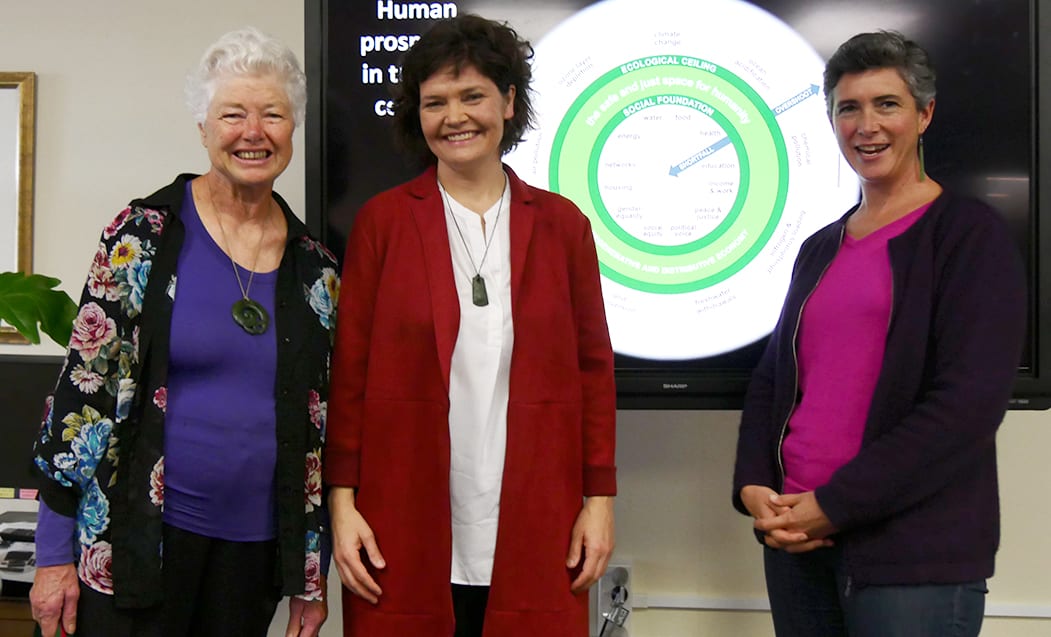Oxfam has a comprehensive Covid-19 Staff Health protocol and has socialised best practice procedures for all our staff to follow in hygiene and infection management.
We are following authorities’ advice in every country we’re based. We’re posting time-sensitive updates on our internal channels for all of our staff, including on travel restrictions, self-isolation advice and contingency planning in the event of office closures. We’ve had to cancel various meetings, including for support, training and some staff deployments to avoid the risk of transmission and from staff being blocked on return from assignments. We’ve had some delay and cost increases of essential life-saving equipment as exports tighten from Asia especially. Given that our programs are predominately led, managed and staffed by national staff, and because we hold reserves and procure our goods and services locally where possible, we are hoping to minimise disruptions. However, we are certainly expecting that our operations will be increasingly affected.
Oxfam has substantial expertise in public health work and our preparedness planning for CV-19 is informed by lessons from past disease outbreaks including Zika and Ebola. We are developing guidance for contingency stocks and budget planning. We are working now to support our program teams across more than 65 countries on how best to respond operationally to CV-19 among the millions of people we support. We’ll work under the coordination of national Ministries of Health, key UN agencies and civil society health clusters, via our own local partnerships. We’re already focusing our operational work now on community engagement, i.e. helping people to minimise the risk of infection by providing them with accurate information and advice in local languages. Many of our teams are now increasing the delivery of soap, sanitation services including handwashing facilities, and clean water especially to people in higher-risk environments such as refugee camps or crowded urban areas.
Oxfam is very concerned should CV-19 establish itself in poorer countries with weaker public health systems and whose populations are already facing multiple threats to their health and livelihoods, such as from malnourishment and HIV. If the disease hits refugee camps and where people are already struggling to access adequate or affordable health care, CV-19 could become devastating. Women especially are likely to be hardest hit – 70% of the world’s health workers are women who’ll be on the frontline of infection risk – and women shoulder the vast burden of unpaid care which is bound to increase dramatically, whether caring for sick relatives or looking after children at home because schools are closed. We are also very concerned that the economic effects of CV-19 will likely hit the poorest, most heavily-indebted countries and the poorest, most vulnerable people most heavily because of entrenched issues of inequality. It is crucial that the international community support these poorer countries now in making the strongest-possible preparations.
Rosa Sala
Oxfam International Program Operations Director








